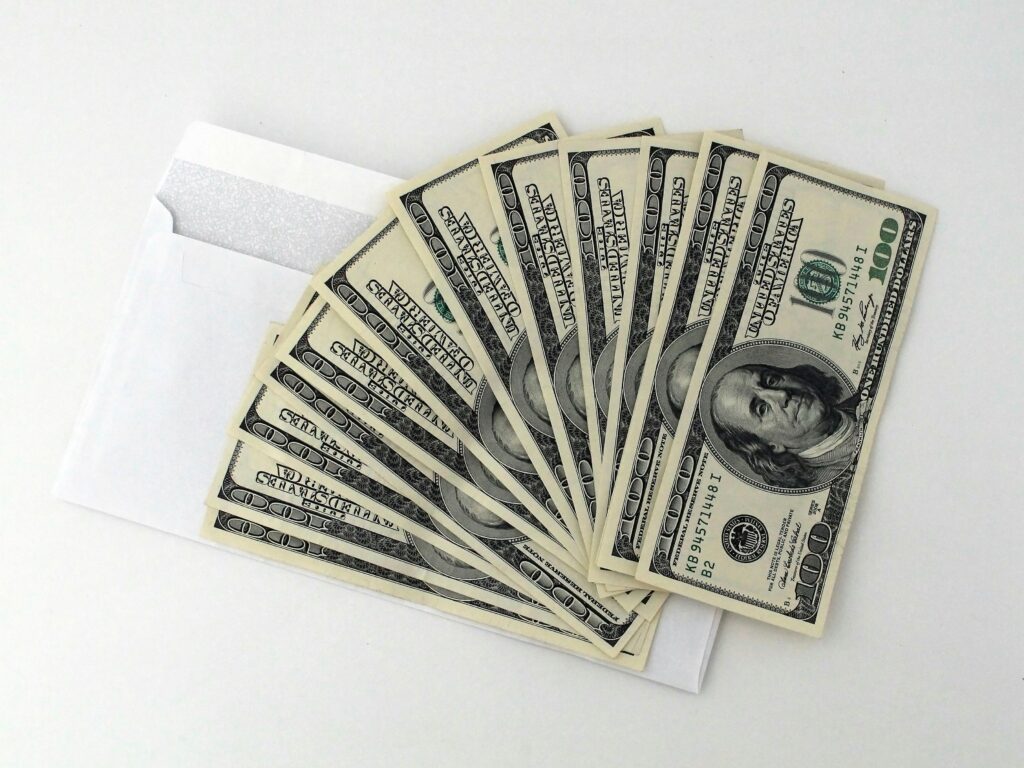
Once you’ve got the right mindset going for investing, you have probably found the perfect investment. You need to come up with the money to to put down on that investment and it seems like a daunting task. You probably are doing pretty well in your job or business, but you are finding out that the money that comes in gets spent pretty quickly. You probably don’t have a lot of cash sitting around with which to make the investment. If you’ve found this out, then this post is for you.
Most people will jump right to finding the deal first and then wind up losing the deal for lack of liquid funds. They aren’t poor or destitute; they just don’t have the liquid resources. They find that their investments are all tied up in a retirement plan or a big house. This can happen either before or after they find the investment.
Before Finding the Investment
If you haven’t found that perfect investment yet, then now is the time to begin putting money away to be ready for the time the deal comes around. You probably have a bank account that receives your personal income. If you have a W2 job, then it is directly deposited into there usually. Every 2 weeks, you get a nice check in there. You need to call your bank and set up a new savings account for investments. This’ll get a poor interest rate, but you don’t care about that, because it won’t be in there for long. What you are after is liquidity, the ability to take money out of the account on a moment’s notice.
Once you have that savings account set up, you can set up an automatic funds transfer between the two. The bank shouldn’t charge you a fee for this and if they do, first negotiate with them to waive it, and second, find a new bank. If you set up a transfer outside the bank, there is a reasonable fee, but within the bank there should not. The transfer should come from the account that accepts your income and to the new investments account. Make sure that anyone who has access to this new account understands it is only for investments and that it can be used for investments whenever it is needed. The amount of the transfer should be 10% of the take home pay. If your take home pay is $2,000, then the transfer should be $200.
“But what if I need that for my cable bill?”
Then you are not in the right mindset. You don’t need a $200 cable bill. You don’t need to watch every NFL game on all-access. Take my free course on how to get started in real estate investing if you are stuck here. You will want to take away that $200 from your personal account right away, so it is out of mind and not available to spend. This is critically important to get started. But that account will take time to build up. To make the purchase, it needs to be about 20% of the purchase price of the property you intend to buy, or equal to the amount invested if you are investing passively. What if you don’t have that amount of time, because you already have a deal on the line?
After finding the investment
This gets a little tricky. It is the time that people start reading all about how to invest with other people’s money and no money down schemes. To be sure, this can be done, but it’s not for a high performer. These type of deals usually take a whole lot more work than you have time for. Here are a couple better ways to get the money:
- Friends and family. Take a short-term loan from them. They will hopefully want to help you get started. Make sure your relationship is such that it won’t suffer if the deal fails. If you can’t guarantee this, then avoid taking money from friends and family.
- Line of credit. This is something you should have set up way before now. Talk to the banker who has the mortgage on your primary residence. You should be able to get a line of credit for any equity you have after 20%, meaning that if you own a $100,000 house and have $30,000 paid off, you could take $10,000 out, and leave 20% of the value in as equity. You will have to pay for an appraisal and there is an annual fee to keep the LOC open, but it is only a couple hundred dollars. The money sits there interest-free right until you need to use it. It’s a great source of a down payment.
- Self-directed IRA. Did you know that you don’t have to use the investment advisor your job tells you to for your IRA? You can use a third party to set up a self-directed IRA. There are rules about how you can use the money, but you will be able to use the funds to invest. In general, you can’t have any control over the investment, other than the control over what investments to place the money in. You have to use it for passive investments, but is a great way to get started in real estate investing passively.
- Use property as collateral. If you tie up another property in the loan (so you put it at risk if you default), you might be able to buy your next property with no money down because the total equity in the two properties is greater than 20%. Talk to your banker about this possibility. Remember that this does put another property at risk, but investing is risky to begin with and you’ve already come to terms with that.
Let me know what other ways you have used to get that initial down payment.

